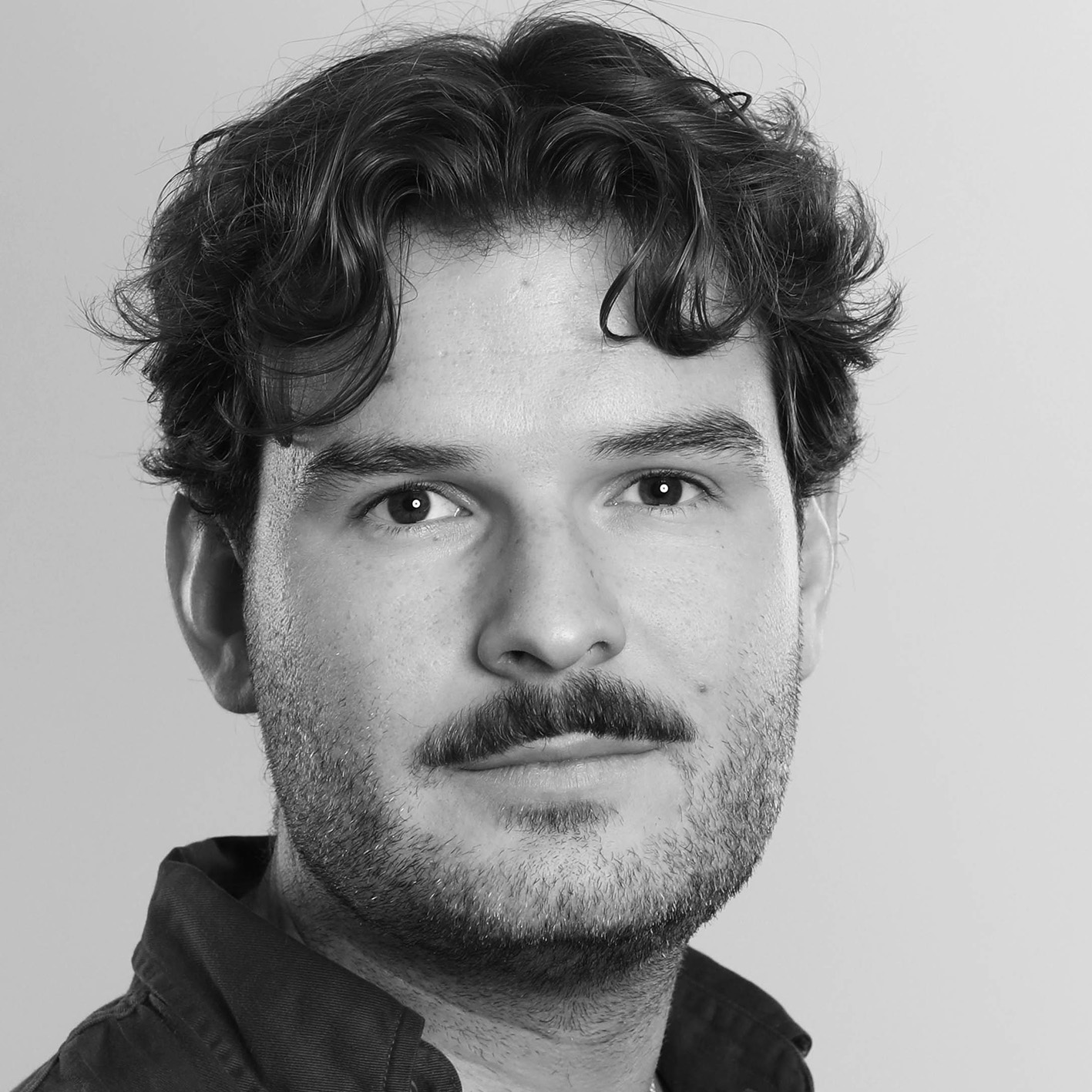Midway through a World Grand Prix final he would win 6-1, Luke Littler decided to remodel his throw, pausing before the point of release. While not unheard of, this is usually an act of grim desperation, but Littler was three sets ahead, not just beating Luke Humphries but gradually deconstructing his sanity and nerve dart by dart.
So it can only really be understood as an attempt to entertain not just the viewers, plenty of whom will not have noticed, but himself. In fact, most of Littler’s senior career has been one endless exploration of his own brilliance, toying with limits he is still years from discovering. If you can, then why not? By basically any metric, since the 2023 World Championship final he has been the best player in the world. He is also still 18, having earned more than £2m in prize money less than two years into his professional career, and will almost inevitably become world No1 in the next two months as the prize money from Humphries’s late 2023 dominance fades from relevance.
Littler is the second person to win the four biggest traditional majors – the World Championship, UK Open, World Matchplay and Grand Prix – in a calendar year, after Phil Taylor. He is also one of three players to win the six majors which are or have been televised by Sky, and the youngest to win seven PDC majors by 11 years. He has only three significant competitions left to win -–the World Masters, the European Championship and the Players Championship Finals, two of which he could tick off in the next six weeks.
He won the World Championship 7-3 having been 4-0 up in sets, beat James Wade 11-2 having gone 9-0 ahead and then went 4-0 up in sets against Humphries. But the crucial figure is that Littler has won 19 of his 20 professional matches of 20 legs or more, with the 2023 World Championship final the only exception.
Littler beat four former major winners en route to winning his fourth major of the year, including the previous two winners in Mike De Decker and Humphries, and two other major winners in Gerwyn Price and Jonny Clayton. In the first round, Gian van Veen produced the highest average in the tournament’s 27-year history, so Littler found the third-highest and won two sets to nil. His quarter-final against Price was one of the great exhibitions of sporting entertainment, stretching the extremes of mental strength and frailty, all posturing and power and noise.
Price went two sets ahead in a first-to-three match, had three match darts, and was primed on 96 when Littler pinned 152 to win. Both went through long periods of seeming as though they would never hit a double again, including in the final leg. Littler called the match “very, very strange”, which is like calling the Mona Lisa creepy because its eyes track you round the room. That’s both the point and the beauty of the thing. This was magnificent chaos, a smorgasbord of all sport can offer and expose.
Since the 2023 Grand Prix, only two major finals have not included Littler or Humphries. Perhaps the clearest difference between the pair is that while he has won three of their five finals, Humphries does not possess the ability or brutal edge to thrash Littler, but the reverse is evidently untrue. Statistically, there was little to separate them in the final – Humphries had a higher average (93.61 to 92.15), hit more 180s (ten to eight) and had a higher checkout percentage (48.3 to 47.5). But Littler won all of the nine deciding legs he played throughout the Grand Prix, including five in the final, capped by an astonishing range of 100+ finishes. In many ways, he is the ideal modern sportsperson, a human highlight reel – his closest sporting comparison is probably Carlos Alcaraz. Both possess a singular capacity for entertainment and an innate feeling for and control of game state, the impossibly rare ability to improve as the stakes become higher, to always do what needs to be done.
On stage post-final, Littler announced that less than 12 hours later he would be in Wigan to play the World Youth Championship. Given the event is open to any player born in or after 2001, he is eligible for the next six editions, but Littler had not taken up his place the previous year (having won in 2023), so it was assumed he would forgo his place once more.
His public justification for competing was that “it’s 20 minutes down the road” from his home in Warrington, but that can’t quite be it. He must be exhausted, and has two Players Championship events to play on Tuesday and Wednesday, currently lingering just below the qualification standard for the Finals in Minehead at the end of November. The final of the World Youth Championship, with relatively meagre prize money of £12,000, is also held in Minehead, between the final two matches of the Players Championship, meaning Littler could have to play three consecutive games. There is no world in which this is about convenience.
This is about entertaining himself, testing what else he can do for his next trick, winning more because winning is what fuels and defines him. Unsurprisingly, he walked through his group in Wigan, beating three promising but vastly inferior continental Europeans in their early 20s. He averaged 108.59 against Iceland’s Alexander-Veigar Thorvaldsson before losing an astonishing semi-final 5-4 to perhaps the game’s only similar prodigy, women’s world No 1 Beau Greaves, at 21 the first female finalist of the World Youths having just earned her PDC Tour Card.
And yet there was still a fair amount of consternation that Littler even bothered showing up, as though it were somehow unfair or cruel to compete for a title you are well eligible for. But if you can, then why not?
Photograph by Antonio Olmos

